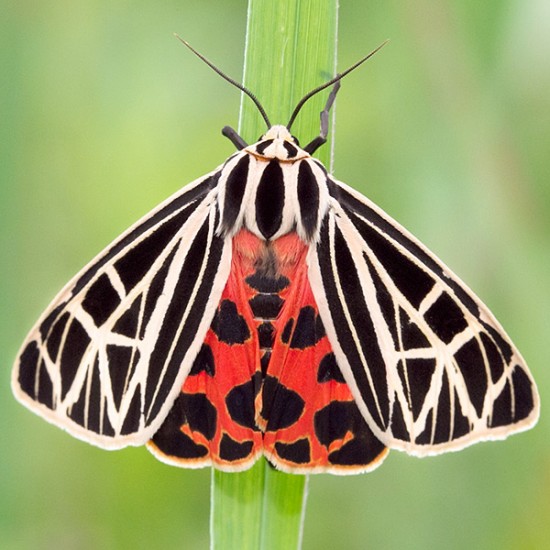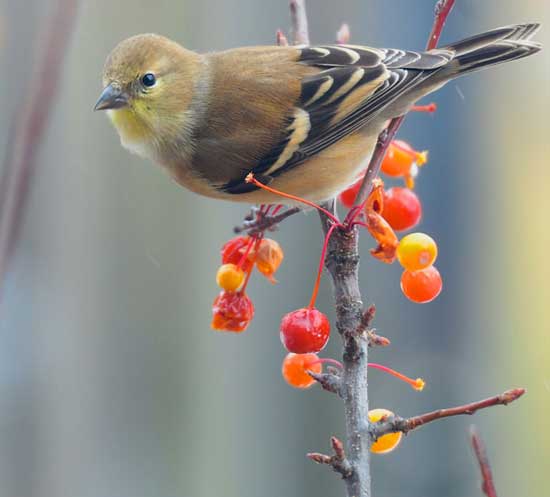
Joan Vorderbruggen’s garden patio. All photos by Joan Vorderbruggen
I first met Joan Vorderbruggen at the Environmental Design Research Association (EDRA) meeting in 2013 in Providence, RI. She presented an expanded version of this lovely post, and I was very moved. Sometimes we researchers and designers get so bogged down in trying to analyze and quantify everything that we forget the more human and – dare I say it? – even the spiritual dimension. Joan’s and Lisa’s words, along with images from Joan’s garden, get to the heart of it. Many thanks to both of them for sharing here.
The healing garden down the street
By Joan Vorderbruggen and Lisa Overby-Blosser
The spring of 2012 held little hope for my neighbor, Lisa, wife and mother of four teenagers. Lisa had just been diagnosed with stage four breast cancer and was given a year or less to live. Asking me if she could spend time in my backyard garden, she felt time in a peaceful setting would help her deal with the upcoming chemotherapy, radiation, surgery, and other stresses.
Over that summer, Lisa spent a great deal of time walking the 5-house distance to my yard, sometimes barely able to put one foot in front of the other. Still, she persevered, settling in to journal, sketch, and just be in the moment. While I encouraged her to come and go as she pleased, I was happy that at times, she would join me on my deck and, without any prompting, speak of how the garden and natural world supported her during that time. I asked if I could share her words with others.
Lisa’s words (italicized) fit neatly within the framework of Stephen Kellert’s Biophillic Design Elements (below). According to Kellert, these elements stem from an intuitive human-nature connection, where people feel that spending time in nature can help them heal mentally, physically and spiritually. The Biophilia hypothesis assertion is that because humans evolved with nature, they feel comforted by nature (Kellert and Wilson, The Biophilia Hypothesis, 1993).
PROSPECT
The idea of prospect is primarily about being able to control your view, to scan the horizon and understand where you are in relationship to your surroundings.
In the garden you have control – of where you sit, where you look, what you choose to focus on – whether it’s a wide view or something really small… There are so many choices available to you. The fact that you can make a choice of something can be healing.

Prospect and Refuge
REFUGE
Refuge allows us to feel safe, sheltered and protected. In my garden, Lisa chose to sit under a grapevine trellis. She speaks more in metaphor of her feelings of refuge.
The garden is always welcoming; no plants fall over or trees drop their leaves in disgust or empathy when I took my hat off exposing my baldness…. The garden accepts where your body and emotions are at that moment in time.
(more…)
 As the keynote at the 2013 national American Society of Landscape Architects annual meeting and expo in Boston, Stephen Kellert gave a provocative presentation for the profession. “Biophilia” is a relatively new concept in design and Kellert’s recent work Birthright gives a heartwarming survey of ideas with relevancy to design and theory.
As the keynote at the 2013 national American Society of Landscape Architects annual meeting and expo in Boston, Stephen Kellert gave a provocative presentation for the profession. “Biophilia” is a relatively new concept in design and Kellert’s recent work Birthright gives a heartwarming survey of ideas with relevancy to design and theory.



